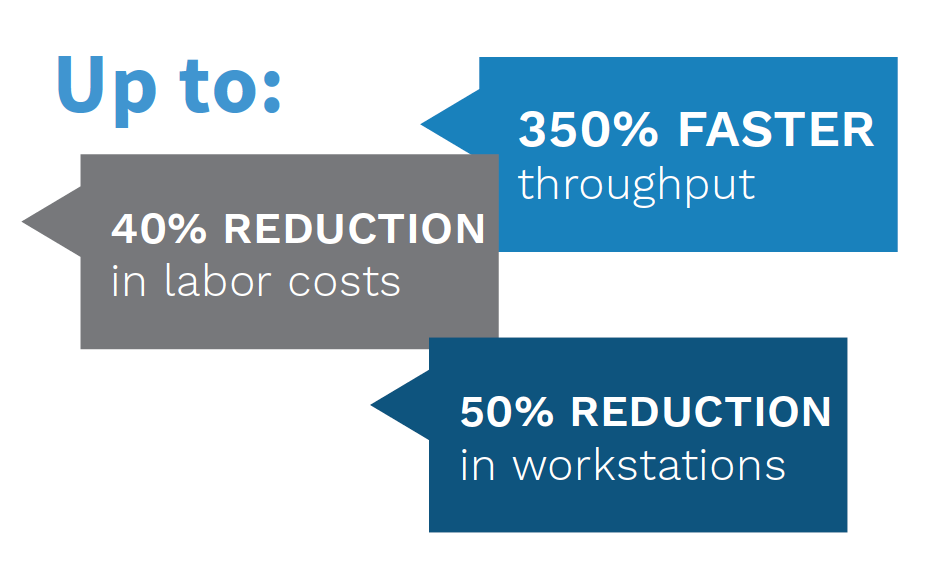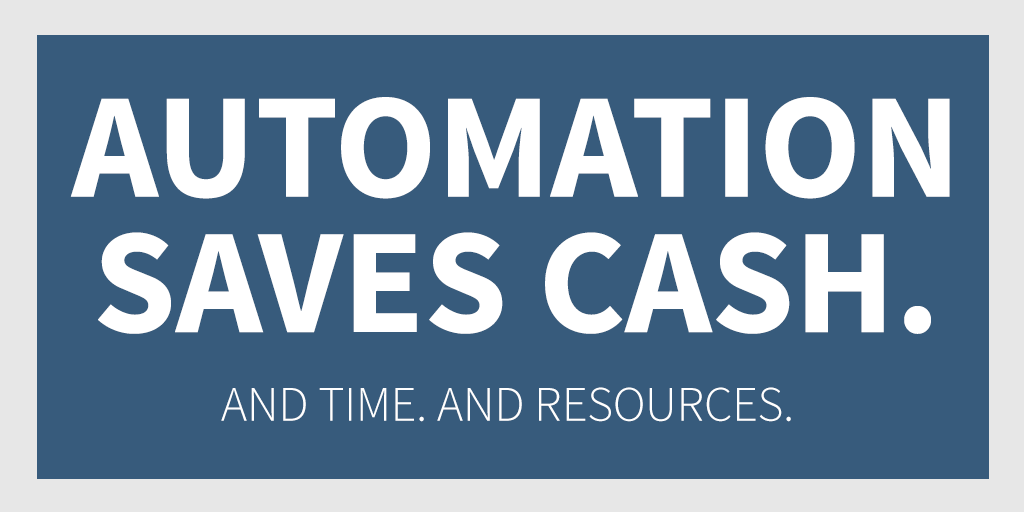
Do any of these situations sound familiar?
- Your packaging line can’t keep up with your production rates.
- You’re experiencing bottlenecks in your packaging area causing ripple effects up the line.
- You’re struggling to keep up with customer demand.
- You’re so dependent on manual labor that one employee missing their shift affects your entire day’s production schedule.
- Packaging is sloppy and reports of product damage are rising.
- Packaging quality goes down as shifts progress.
- Packaging is taking up too much space in your facility.
- You’ve got workers suffering from repetitive strain injuries
- You’re losing both product and profit.
You need to increase your throughput while reducing costs. It seems counter-intuitive trying to do more with less resources, but that is the direction of American manufacturing. With imports arriving daily produced for much less, American companies are turning to new and innovative ways to make sure that they are competitive in the constantly evolving world economy.
Anyone who bags materials at their facility knows just how physically demanding that job truly is on a person. Whether you’re bagging a 50 pound bag of dry dog food or small bags of picture-hanging nails, the likelihood is that you’re trying to get a lot of little things into something much bigger. Right away, to keep up with production and get things out on the right schedule, the idea of automating the bagging process seems like it would be the right fit for your production schedule and your workforce.
If you’re on the fence about whether you really need to automate your bagging, we can help with that. No matter the size of your business, an automated bagging system will help you increase production while reducing expenses. It can reduce labor up to 80%, save up to 50% over paper envelops, and eliminate 100% of labeling and corrugated boxes.
10 Ways Automatic Bagging Systems Can Provide Increased Efficiency
- Up to 350% faster production throughput.

- Increase in weight accuracy.
- Average labor cost reductions of 40%.
- Up to 50% reduction in the amount of needed workstations.
- Printing options that are approximately 50% faster.
- Lower maintenance costs: fewer moving parts, uses off-the-shelf parts.
- Up to a 90% reduction in scrap and material costs.
- Ability to record historical data, used for maintenance and measuring errors.
- Integrates popular rate shopping software for shipping efficiency and savings.
- Average training time of about one week.
“Automating [aspects of the] manufacturing process not only drives costs down, it improves quality, reduces waste and optimizes energy use. […The] application of automation is an essential ingredient in the sustainability of manufacturing businesses; automation will consequently increase a manufacturer’s competitive edge.”
Mike Wilson, Chairman of the British Automation and Robot Association
Final Thought
In today’s competitive, consumer-driven marketplace, the question is perhaps not whether to add automation to your warehouse operations, it is when and where to add it. Most systems pay for themselves in less than a year when you factor in the savings from workforce reallocations, safety improvements, and material usage reductions, as well as the increased production speeds.
But these are just a few of the factors to understand when you weigh the long-term benefits and costs of automating any part of your packaging process. It’s also important to think about how the needs of your customers and your facility might change over time and have a plan about what sort of automation technology you’ll need to drive efficiency and productivity in the future.
IPS Packaging specializes in finding the right process improvement solution when it comes to your packaging needs. Automating the bagging process at your facility can help you to save time, money, and increase your production. When it comes to bagging, human error is the main reason for overfilled bags, inaccurate weighing, and misapplied labels. And inaccurate weights and incorrect labels are the leading cause for undercharging customers, meaning you’re not only losing inventory, but you’re also losing profits.
Check out our latest eBook on Automatic Bagging Systems and learn about how we can help you improve your process while protecting your profits.








